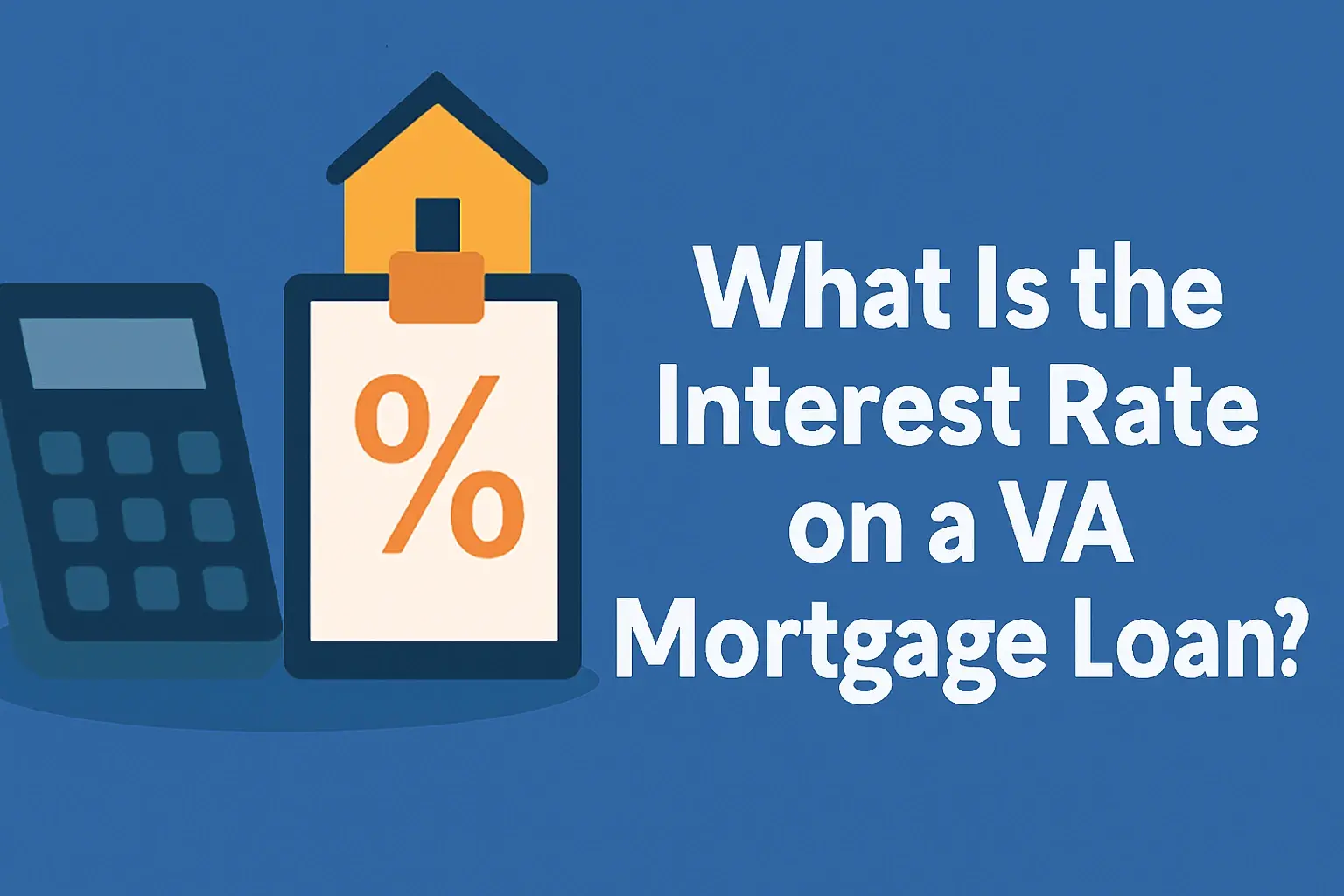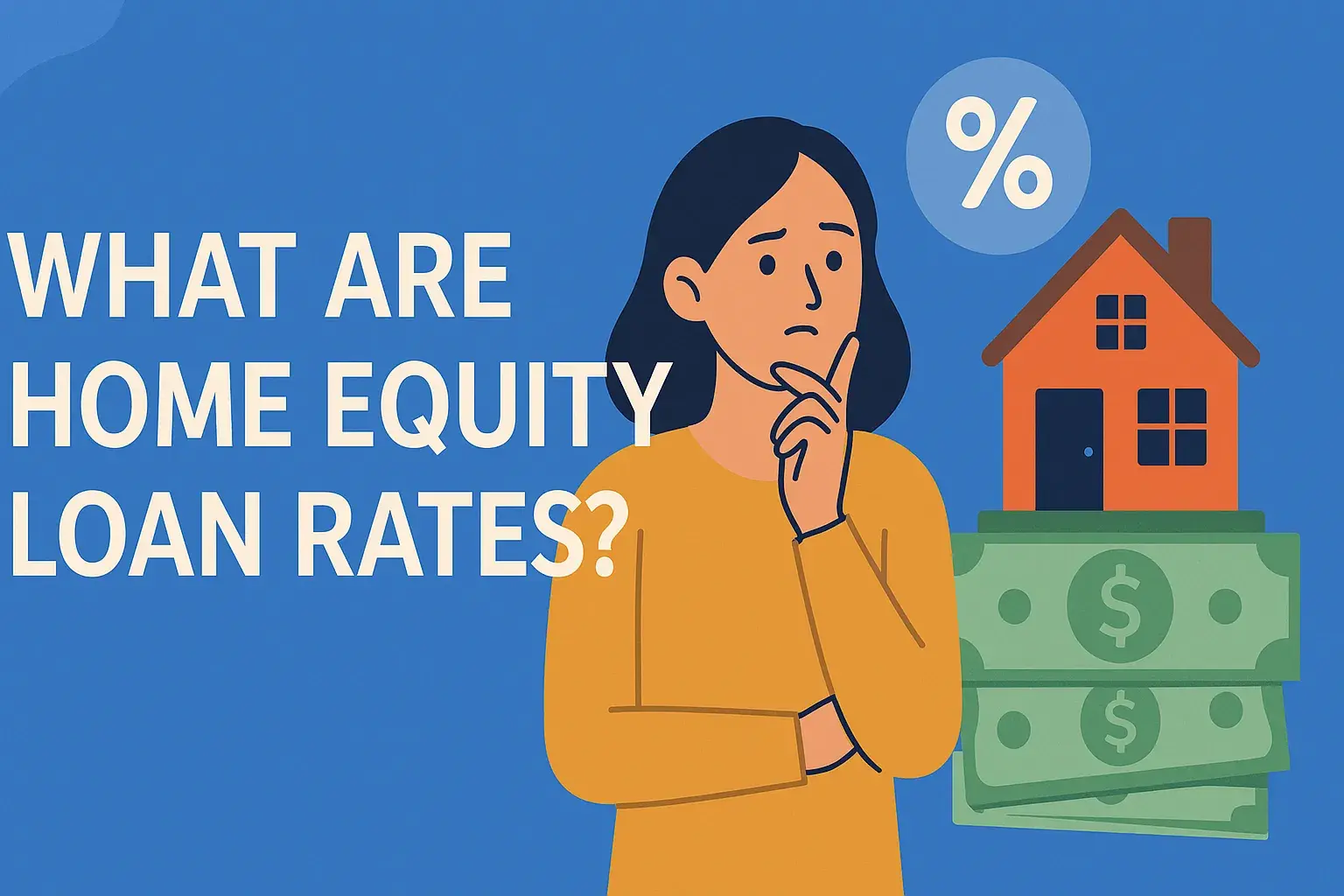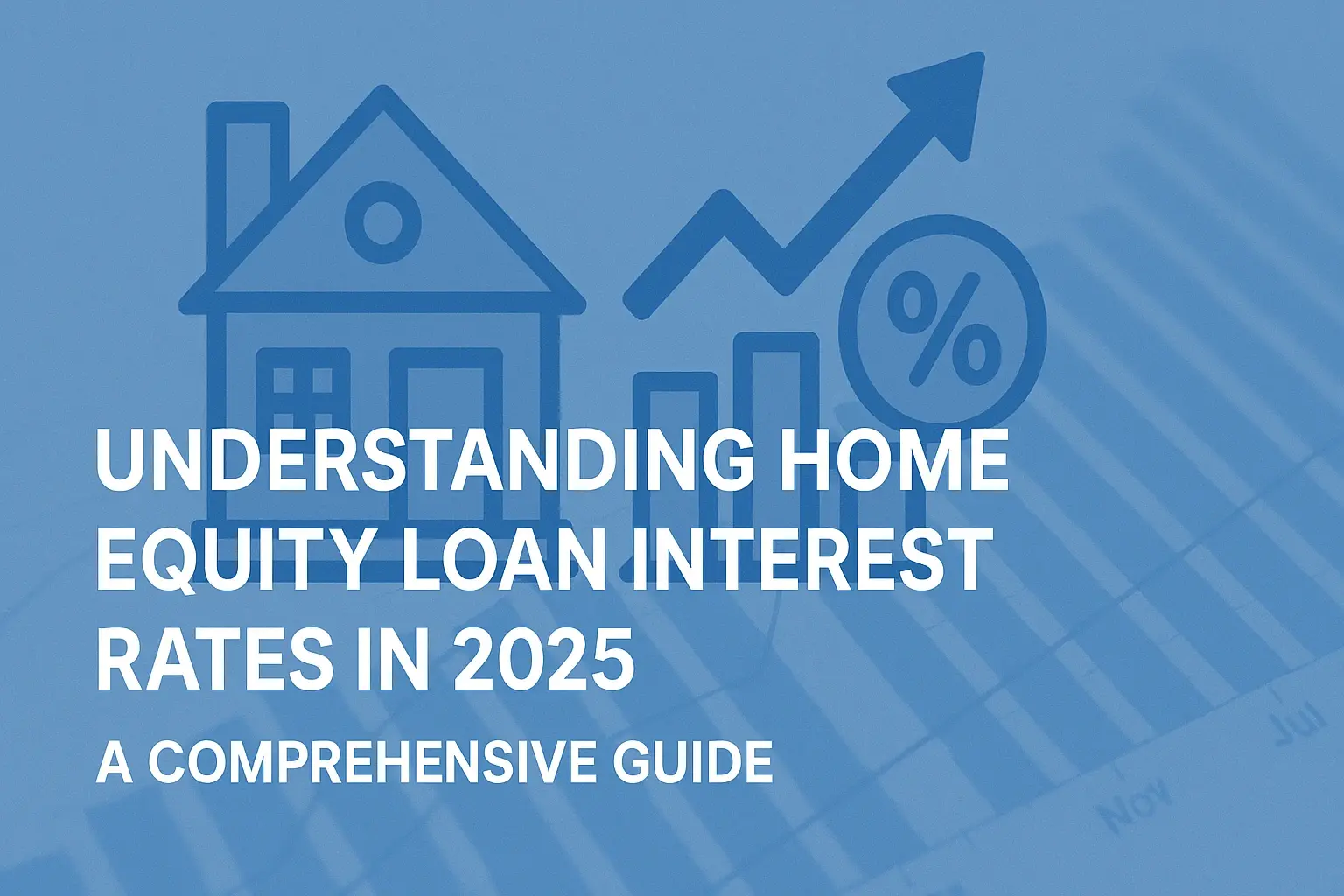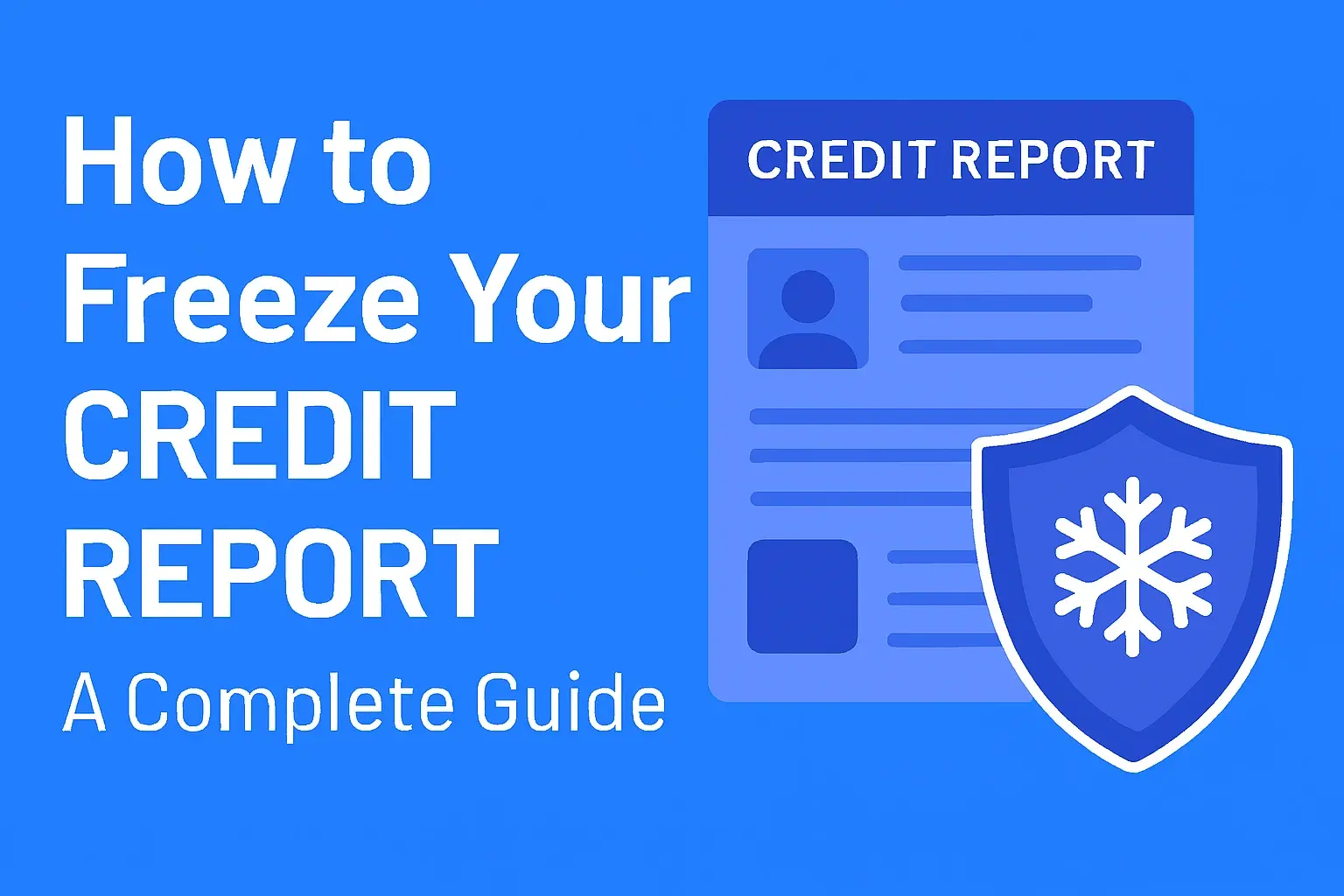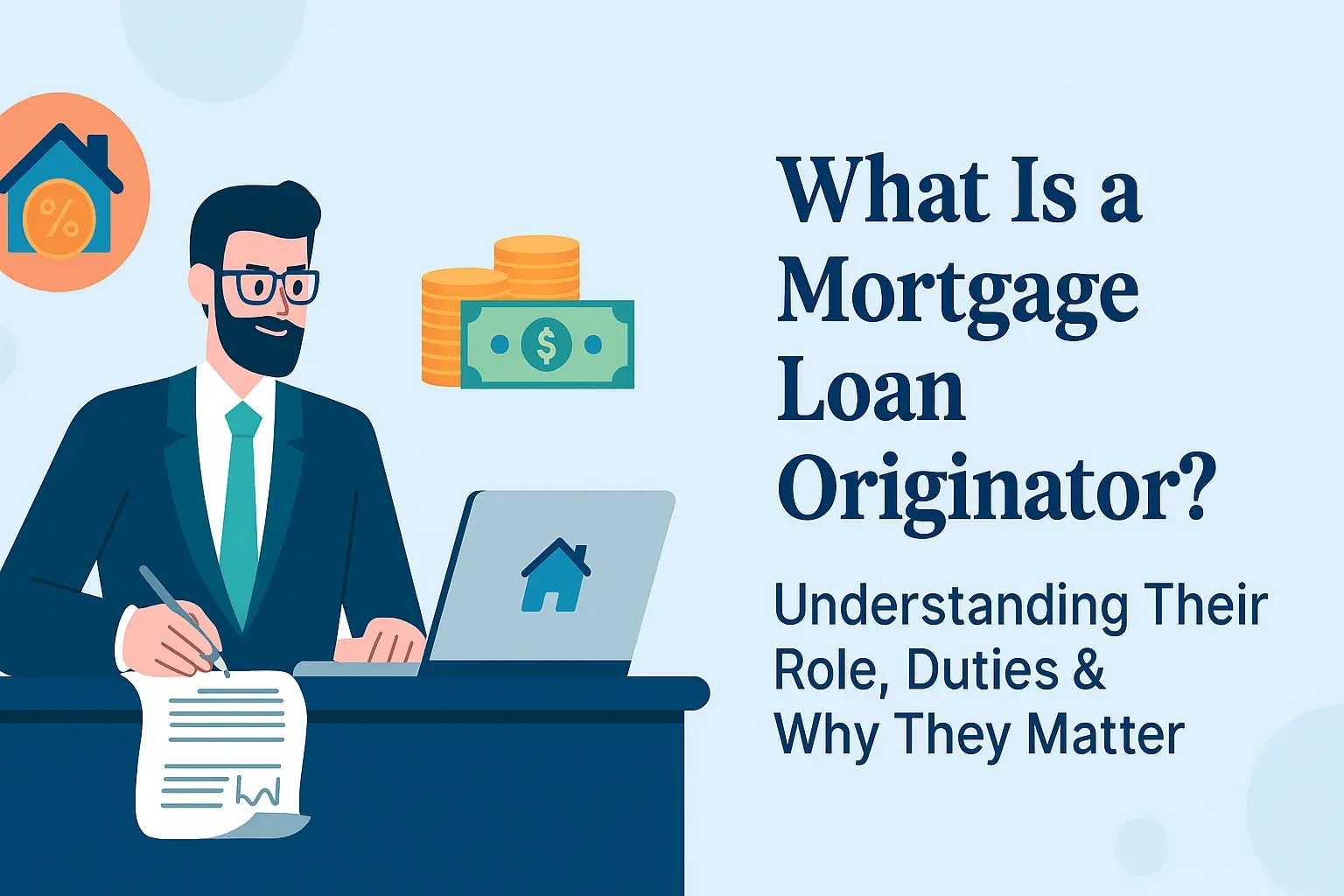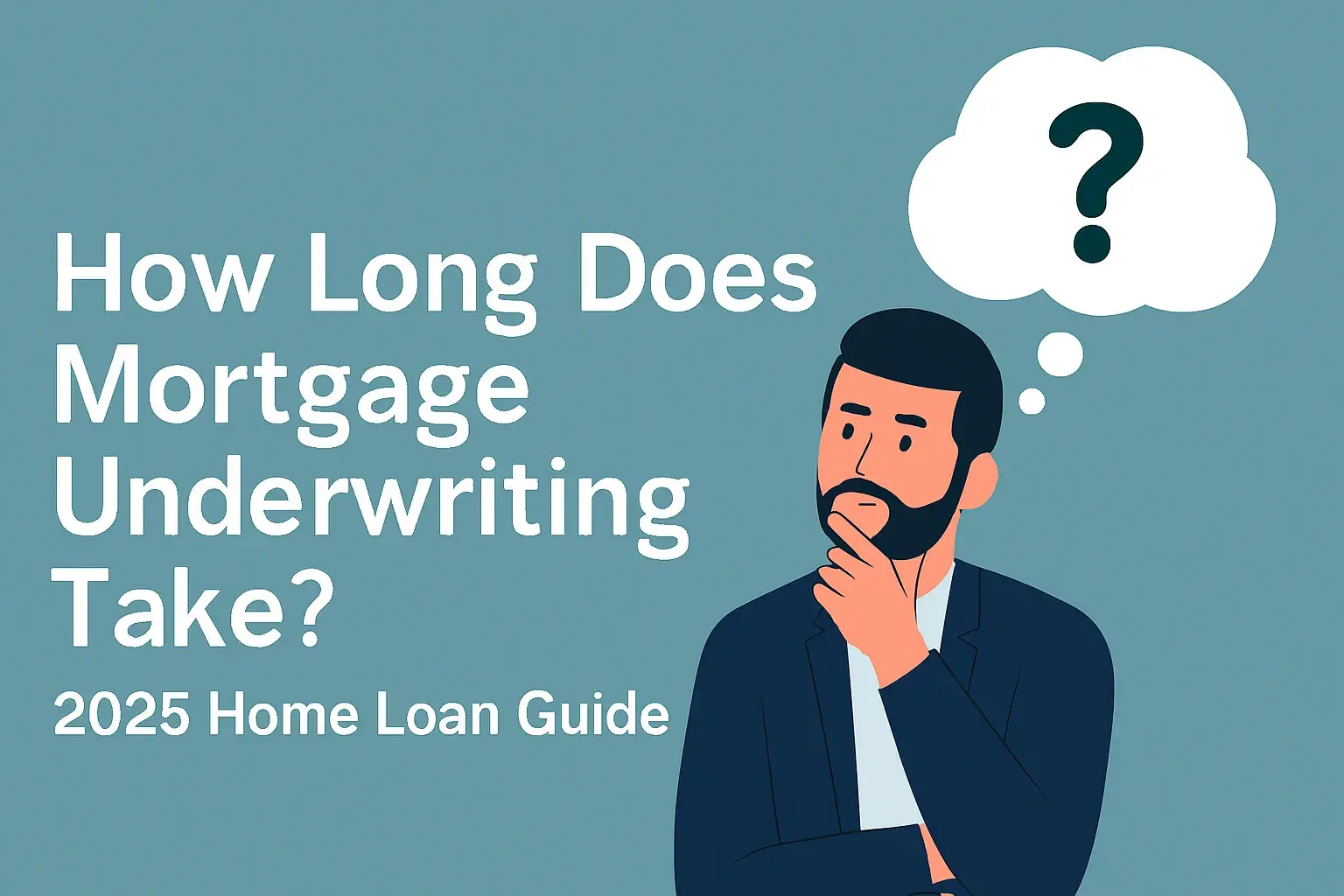-
Posted on: 01 Aug 2024Updated on November 2025
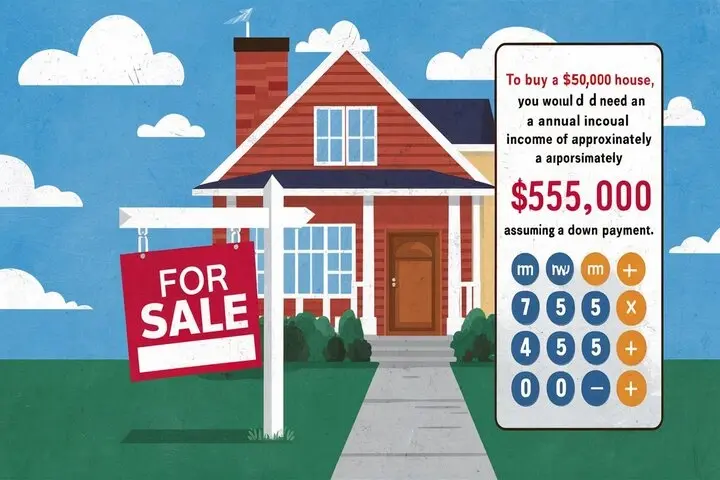
-
Buying a home is a significant milestone, and understanding the financial requirements is crucial. If you're aiming for a $250,000 house, this guide will break down the income you'll likely need and the factors that influence mortgage approval.
Understanding the Key Factors Determining Affordability
Several factors play a crucial role in determining how much house you can afford. It's not just about your income; lenders look at your overall financial picture.
Debt-to-Income Ratio (DTI)
The debt-to-income ratio (DTI) is a critical metric lenders use to assess your ability to manage monthly payments. It compares your total monthly debt payments to your gross monthly income. A lower DTI generally indicates a lower risk for the lender.
Calculating Your DTI:
- Calculate your gross monthly income: This is your income before taxes and other deductions. If you're salaried, divide your annual salary by 12. If you're hourly, multiply your hourly rate by the average number of hours worked per week and then by 52 (weeks in a year), and finally divide by 12.
- Add up your monthly debt payments: Include all recurring debt payments, such as:
- Credit card payments (minimum payments)
- Student loan payments
- Car loan payments
- Personal loan payments
- Child support or alimony payments
- Any other recurring debt obligations
- Divide your total monthly debt payments by your gross monthly income: Multiply the result by 100 to express it as a percentage.
Example: Let's say your gross monthly income is $5,000, and your total monthly debt payments are $1,000. Your DTI would be ($1,000 / $5,000) * 100 = 20%.
Acceptable DTI for a Mortgage: Lenders typically prefer a DTI of 43% or less. However, some lenders may be willing to go higher, especially if you have a strong credit score and a significant down payment. Government-backed loans, like FHA loans, may allow for higher DTI ratios.
Down Payment
The down payment is the amount of money you pay upfront when purchasing a home. A larger down payment generally leads to a lower loan amount, lower monthly payments, and potentially better interest rates. It also shows lenders you're financially responsible and committed to the purchase.
Typical Down Payment Amounts:
- Conventional Loans: Typically require a down payment of 5% to 20% or more. Putting down 20% or more often allows you to avoid paying private mortgage insurance (PMI).
- FHA Loans: Can require as little as 3.5% down. However, FHA loans require mortgage insurance, regardless of the down payment amount.
- VA Loans: Often require no down payment for eligible veterans and active-duty military personnel.
- USDA Loans: Also often require no down payment for eligible rural homebuyers.
For a $250,000 house, a 5% down payment would be $12,500, a 10% down payment would be $25,000, and a 20% down payment would be $50,000.
Credit Score
Your credit score is a numerical representation of your creditworthiness. Lenders use it to assess the risk of lending you money. A higher credit score generally translates to lower interest rates and better loan terms.
Credit Score Ranges:
- Excellent: 750+
- Good: 700-749
- Fair: 650-699
- Poor: Below 650
Minimum Credit Score Requirements: While the specific minimum credit score varies by lender and loan type, here are some general guidelines:
- Conventional Loans: Typically require a minimum credit score of 620.
- FHA Loans: May allow for credit scores as low as 500, but often require a larger down payment and higher interest rates. A score of 580 or higher is generally preferred.
- VA Loans: Don't have a minimum credit score requirement set by the VA, but lenders typically look for a score of 620 or higher.
Check your credit report regularly and work to improve your credit score before applying for a mortgage. Pay your bills on time, keep your credit card balances low, and avoid opening too many new credit accounts at once.
Other Expenses
Beyond the mortgage payment, there are other significant expenses associated with owning a home that lenders will consider:
- Property Taxes: These are taxes levied by local governments based on the assessed value of your property. They can vary significantly depending on the location.
- Homeowners Insurance: This protects your home against damage from fire, wind, storms, and other covered perils. Lenders require homeowners insurance.
- Private Mortgage Insurance (PMI): If you put down less than 20% on a conventional loan, you'll likely have to pay PMI. This protects the lender if you default on the loan.
- Homeowners Association (HOA) Fees: If your property is part of an HOA, you'll have to pay monthly or annual fees to cover the cost of maintaining common areas and amenities.
- Maintenance and Repairs: Owning a home means being responsible for all maintenance and repairs, which can be costly. It's wise to budget for these expenses.
Estimating the Income Needed for a $250,000 House
Given the factors discussed above, estimating the income needed for a $250,000 house requires some calculation. Let's make some assumptions to illustrate the process:
- Down Payment: 10% ($25,000)
- Loan Amount: $225,000
- Interest Rate: 6.5% (This is an example and actual rates will vary based on market conditions and your credit score)
- Loan Term: 30 years
- Property Taxes (Annual): 1% of the home's value ($2,500)
- Homeowners Insurance (Annual): $1,200
- PMI (Monthly): 0.5% of the loan amount annually, divided by 12 (approximately $93.75/month)
- Other debts: $500/month (car payment, credit cards, etc.)
Calculations:
- Principal and Interest Payment: Using a mortgage calculator, the monthly principal and interest payment for a $225,000 loan at 6.5% interest for 30 years is approximately $1,423.
- Monthly Property Taxes: $2,500 / 12 = $208.33
- Monthly Homeowners Insurance: $1,200 / 12 = $100
- Total Monthly Housing Costs: $1,423 (P&I) + $208.33 (Taxes) + $100 (Insurance) + $93.75 (PMI) = $1,825.08
- Total Monthly Debt Payments: $1,825.08 (Housing) + $500 (Other Debts) = $2,325.08
Now, let's assume the lender wants a DTI of 43% or less. To calculate the minimum gross monthly income needed:
Minimum Gross Monthly Income: $2,325.08 / 0.43 = $5,407.16
Minimum Annual Income: $5,407.16 * 12 = $64,885.92
Therefore, based on these assumptions, you would need an estimated annual income of around $64,886 to buy a $250,000 house.
Important Note: This is just an estimate. The actual income required will vary based on your specific circumstances, the lender's requirements, and prevailing interest rates. It's highly recommended to get pre-approved for a mortgage to get a more accurate assessment of your affordability.
Tips for Improving Your Affordability
If you're not quite at the income level needed for a $250,000 house, here are some strategies to improve your affordability:
- Reduce your debt: Paying down high-interest debt, such as credit card balances, can significantly lower your DTI.
- Increase your income: Explore opportunities to increase your income, such as taking on a side hustle, pursuing a promotion, or finding a higher-paying job.
- Save for a larger down payment: A larger down payment will reduce your loan amount and monthly payments.
- Improve your credit score: A better credit score can help you qualify for a lower interest rate, saving you money over the life of the loan.
- Shop around for the best mortgage rates: Different lenders offer different rates and terms. Comparing offers from multiple lenders can save you thousands of dollars.
- Consider a different location: Housing costs can vary significantly from one location to another. Exploring different areas might allow you to find a more affordable home.
Using a Mortgage Calculator
Online mortgage calculators are valuable tools for estimating your monthly payments and determining how much you can afford. These calculators typically allow you to input the loan amount, interest rate, loan term, property taxes, homeowners insurance, and other expenses. Play around with different scenarios to see how changes in these factors affect your monthly payments and affordability.

